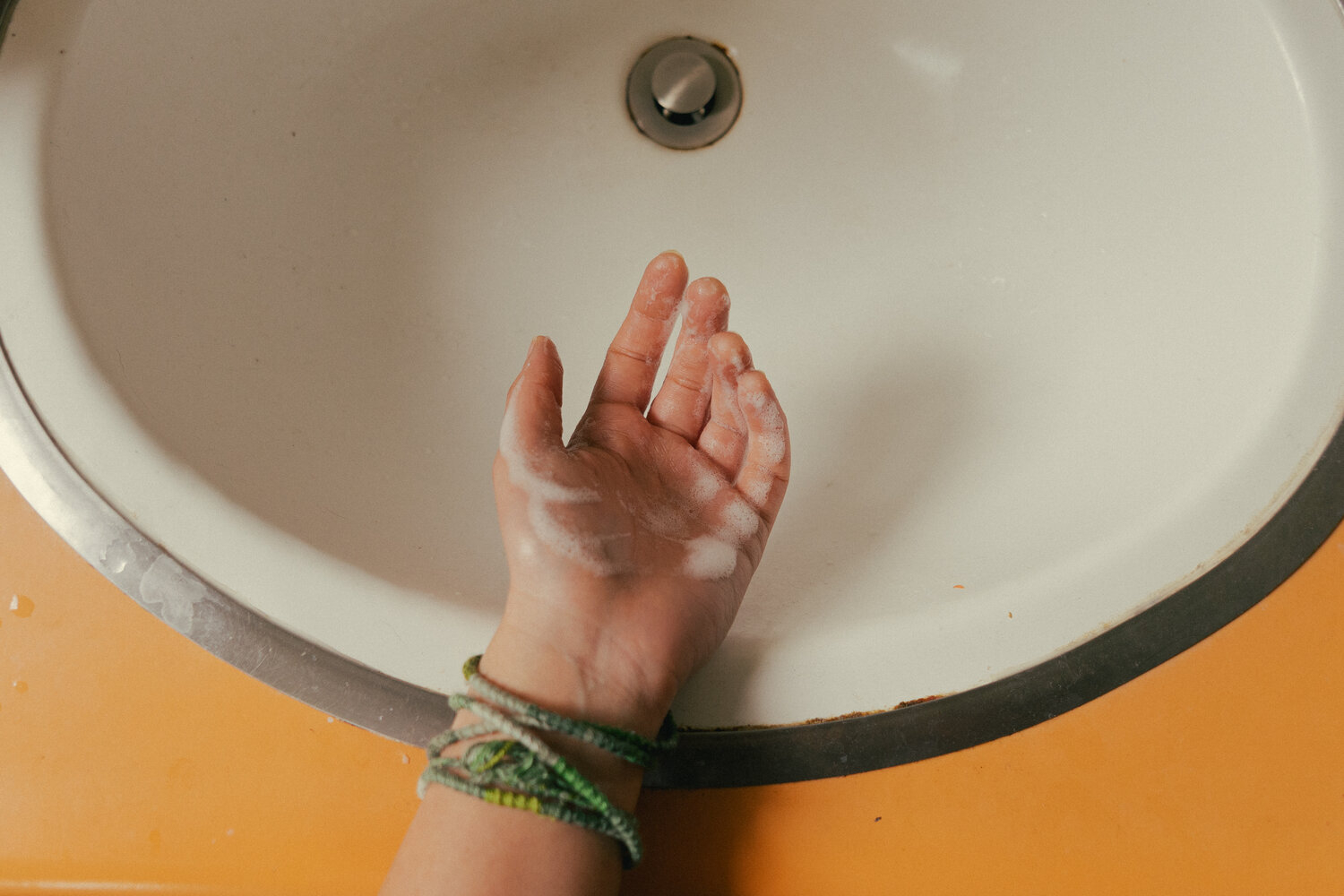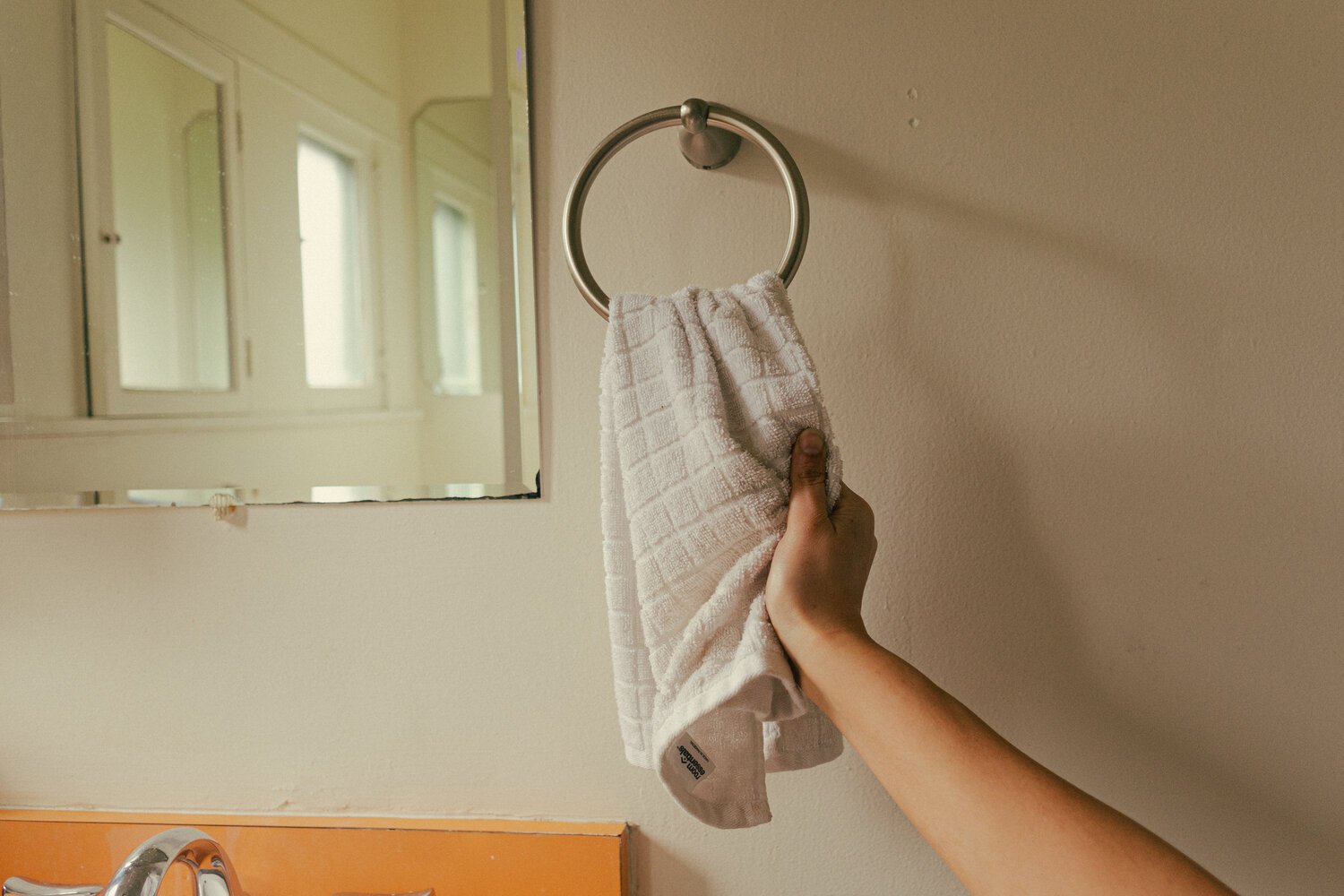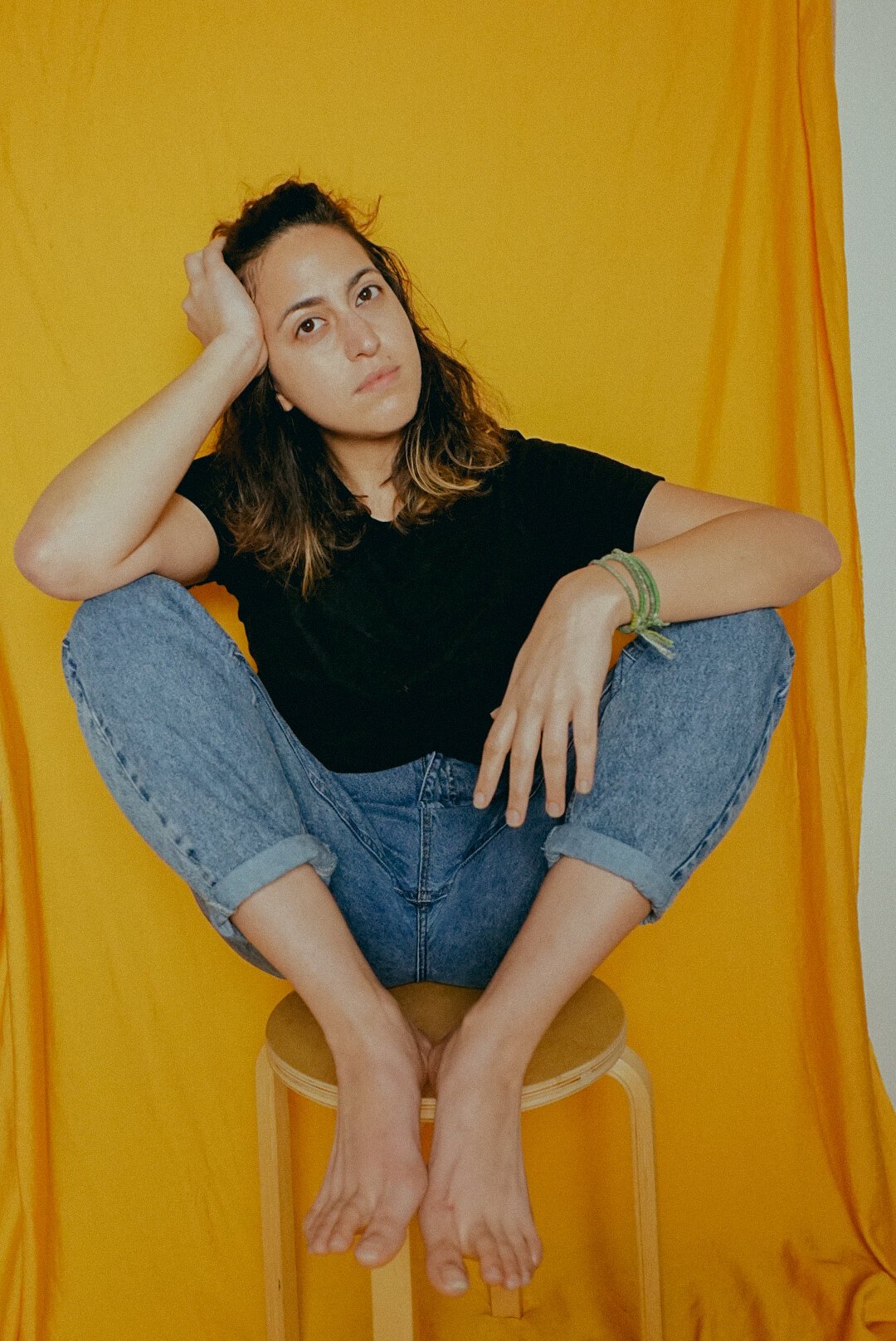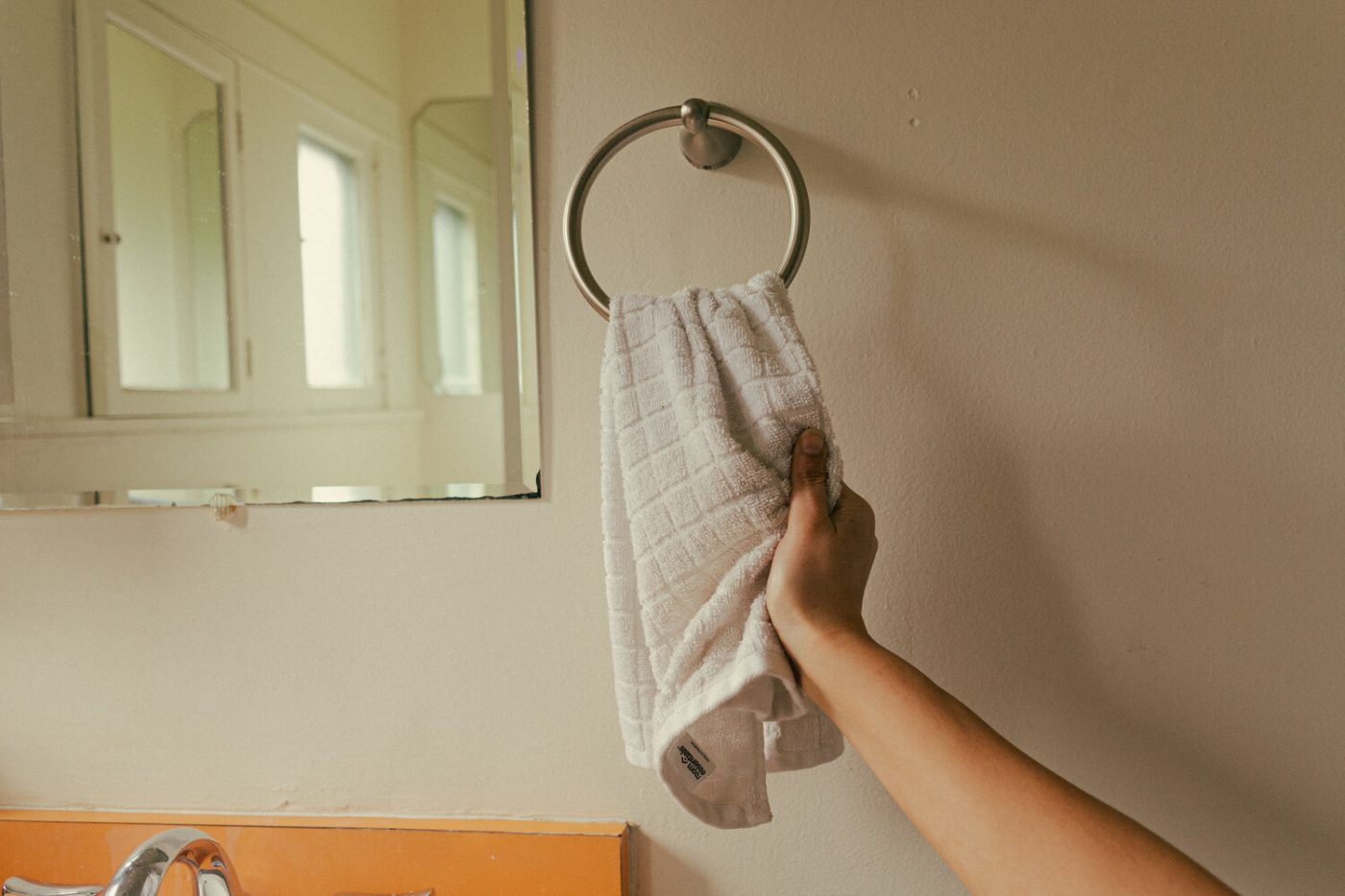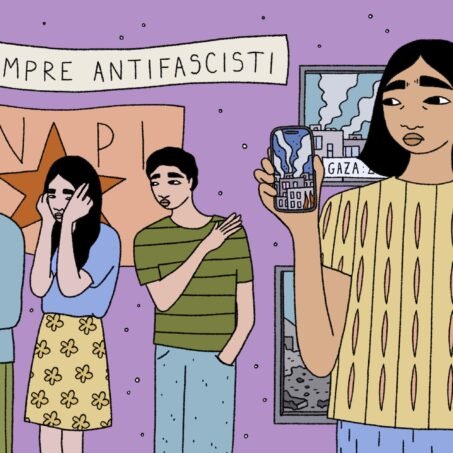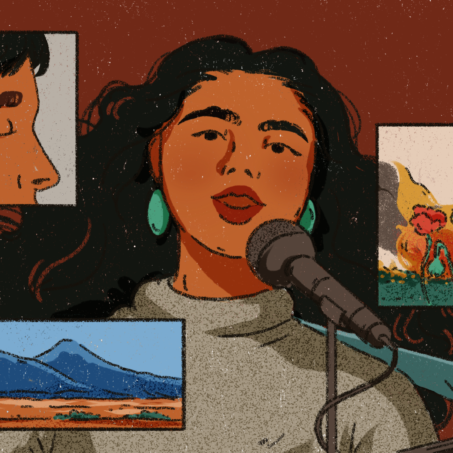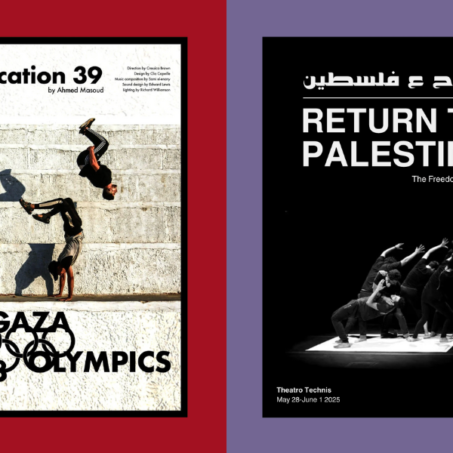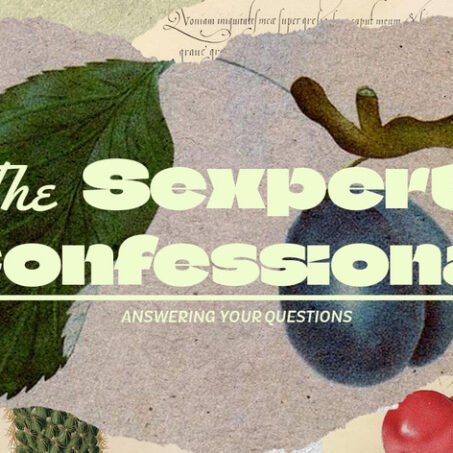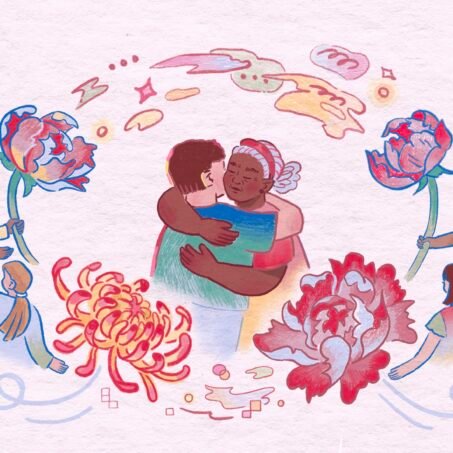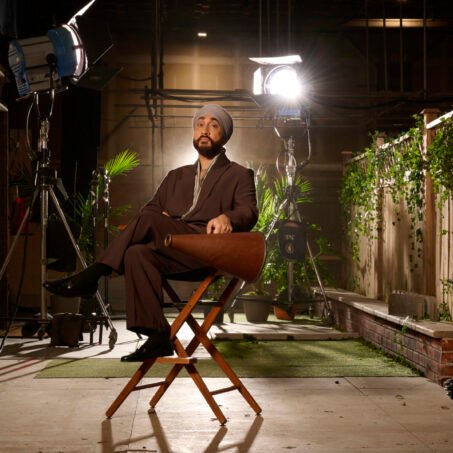Shabnam Ferdowsi is an LA based photographer whose traditional work documents the vastness of travel destinations and the frenetic energy of live music – musicians frozen in time with long hair splayed from heads, arched over guitars in clubs and on stages. These are in contrast to her quarantine series, a collection of images that depict the idle time in lockdown spent moving between the shadow patterns of the sun as it rises and sets.

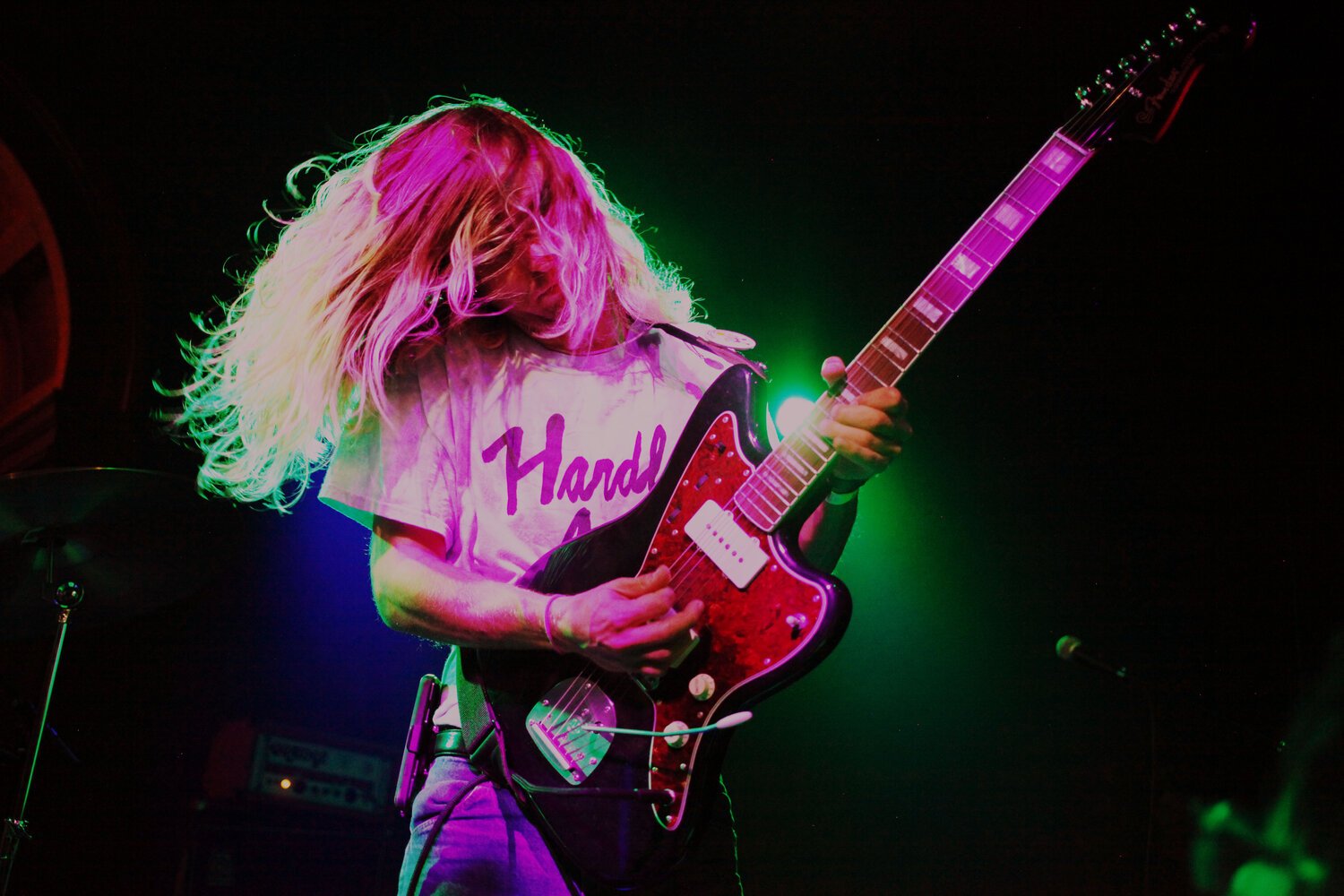
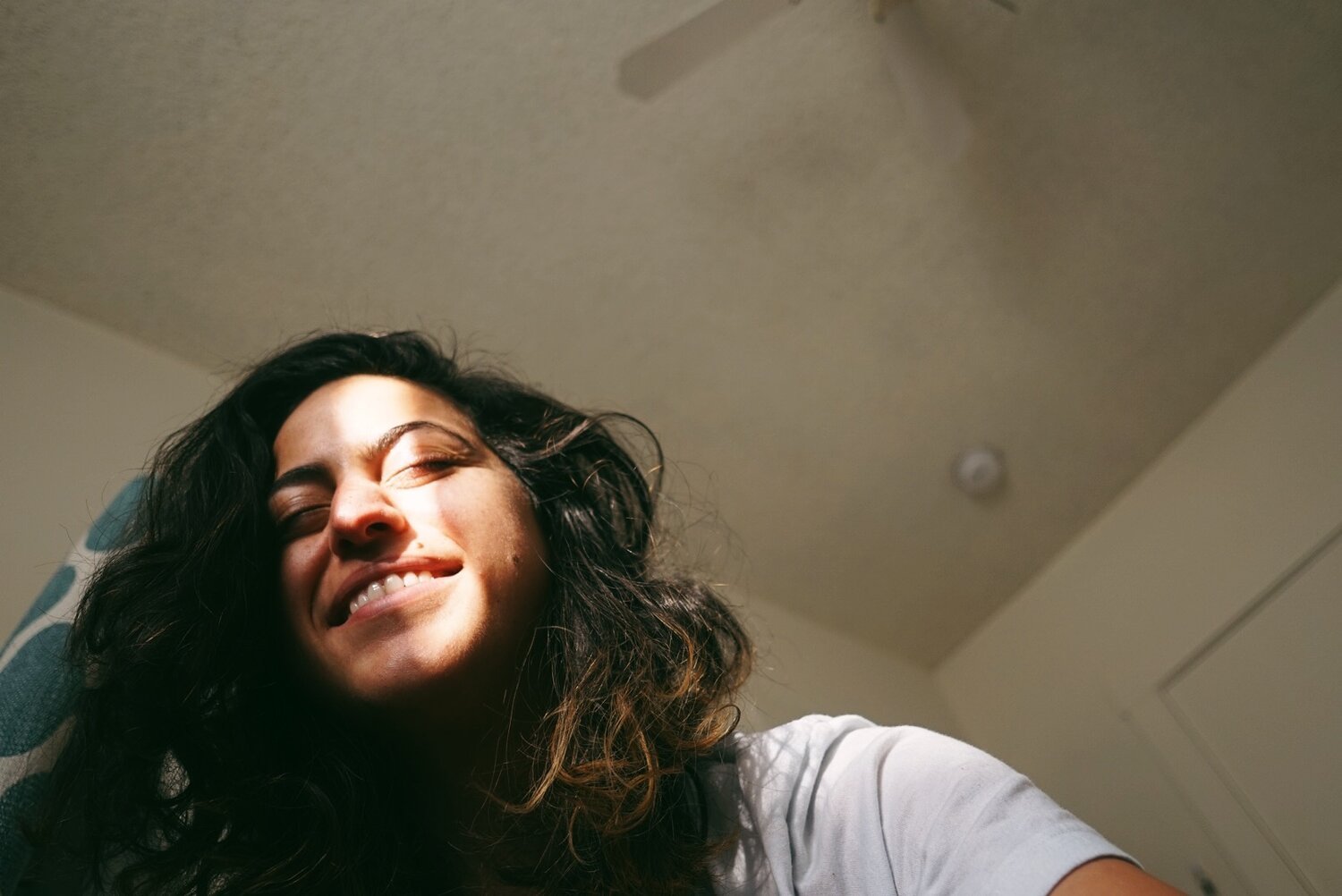
To look at Shab’s work, you wouldn’t guess that she is partially sighted; in fact, she has a genetic eye condition called Macular Dystrophy. Her condition is called Stargardt Disease, which is an early onset type of macular degeneration that is typically found in children. Shab was diagnosed when she was 17, with the condition now affecting her central vision causing her to be extremely nearsighted with a blind spot in the centre of both eyes, the extent of which means she is unable to drive.
2.2 billion people globally live with partial or no sight. Shab’s condition has slowed down her work as a photographer: “It affects photography in the way that I cannot manually focus my camera – I rely on auto focus and that does sometimes screw me over, but I have learnt to go with the flow. I think that’s the biggest thing my vision changing has taught me – it’s made me a new kind of person.”
“In retrospect it’s taught me resilience – going to all these doctors again and again – being turned down, and being told that there’s nothing wrong with me when I knew I couldn’t see… I trusted myself. I did that for nine years until we finally figured out what it was. From there I went to university and went out into the real world. All of these tiny, tiny experiences have amounted to me being able to move forward in life versus look backward. Being proactive is a big part of who I am and how I interact with what I do and the people in the world around me. These are direct results of my eyesight and the trials and tribulations of learning to live with it.”
Shab’s condition has pushed her to be more independent in her work. “I’m not sure if I would say that I have altered my creativity in any way to fit my visual restraints, but I think that my vision has only forced me to do my own thing because it’s become clear that I can’t really do things for other people. It’s been hard to get work and it’s hard to get hired in certain situations where everyone is ‘more able than I am’. It’s also been hard to work for people who have little understanding of my condition. So, it’s forced me to follow my own creativity.”
For Shab, the need for creative thinking was exacerbated by the economic impacts of COVID-19. Before the pandemic, the net worth for people with disabilities in the US was around $14,000 on average. For non-disabled households it was around $83,000. In light of the turbulence in the creative industries, felt even more keenly for artists with disabilities, in 2020, Shab started experimenting with making pizzas, and this has since grown into a business. “I think that goes back to me doing all kinds of things, I’ve been so underemployed for the past six or seven years and to counteract that, I dabble in lots of different fields”.
Like most people, Shab values her independence and autonomy, “I think my desire to work is intrinsic, but it can also be a battle when I’m faced with situations or people that don’t allow me to. I think it’s about me trying to prove to myself and to everyone else that I am still able to do everything, and I should still be able to be a part of society like everyone else.”
She often wonders how other differently abled people survive when they don’t have help from their family or aren’t able to access the right specialists. “I have a supportive family, but it’s just crazy to think what life would be like if I didn’t have a supportive family, and didn’t have access to the right doctors.”
“If my parents didn’t have the insurance they did, I one hundred percent wouldn’t have been able to see the right specialists. The difference between public health care versus someone I would see on my own government funded insurance is just so, so, so vast. It really has opened my eyes to the healthcare system in America which is so disappointing. That’s what I’ve learned so far – I’m pretty young and healthy – when I say I have a supportive family I mean, they have the means financially, emotionally and occupationally to support me.”
“I am ‘disabled’ but I’m lucky that I am otherwise very healthy.” Shab’s disability is invisible – “When you look at me, you don’t know I have a ‘disability’, and sometimes we can forget that’s a part of your life because you feel so normal otherwise.”
“I’ve learned that talking about it gets me in front of the problem – it gets me in front of my own shame. We must assume people don’t know – they don’t! It’s invisible. They look at us, and they don’t know, so labelling it somehow makes it easier.”
Identifying as disabled can have some positive effects in that it helps to acknowledge suitable methods of care, but as Shab explains: “society makes us disabled, if we were in a room with people who are like us; if we worked for a place where everybody was like us, that would be the norm, but because of the way that society has been built, it’s easier for people just to put a label on [disability].”
The phenomenon of working from home brought about by the pandemic had unexpected benefits for some disabled workers. In some cases it worked to eliminate the journey to and from an office, enabled people to be flexible with their schedules according to their needs and overall encouraged employers to provide the facilities to make working from home possible for everyone.
“When I used to look for jobs, my approach would be to think ‘what could this employer do to accommodate my needs?’ But after working in the industry for a few years, I’ve come to realise that with society set up in such an ableist way that my needs won’t always be met. While there’s definitely more employers can and should do, in some cases I’ve had to accept that right now nothing can be changed.”
We discuss our interview, which took place over WhatsApp’s voicenote feature, and the irony of how this will eventually end up in written format – “There are screen readers, there are things that turn text into audio, but I’m still used to the way that I have been living my life, even if I have to squint, even if it hurts my eyes. Hearing a robot choppily turn text into audio isn’t comfortable yet.”
More broadly Shab recognises the need to start conversations around the topic of blindness and disability. On her social media, she talks openly about her condition and how it affects her; “I don’t really know what I would do to create any kind of change other than continuing to talk about it and getting these conversations heard by more people and trying to start bigger conversations with, frankly, more powerful people.”
Losing one sense sharpens another and Shab has quite literally learnt to see the world in a different way; her perspective disrupts our version of normality by highlighting its failings. In thinking about how Shab’s disability has formed her independence we also need to confront the lack of support for disabled workers in the arts. While Shab says right now she’s come to terms with the fact that certain roles can’t be made suitable for her, with voices like hers getting more and more traction, hopefully one day this won’t be a reality.
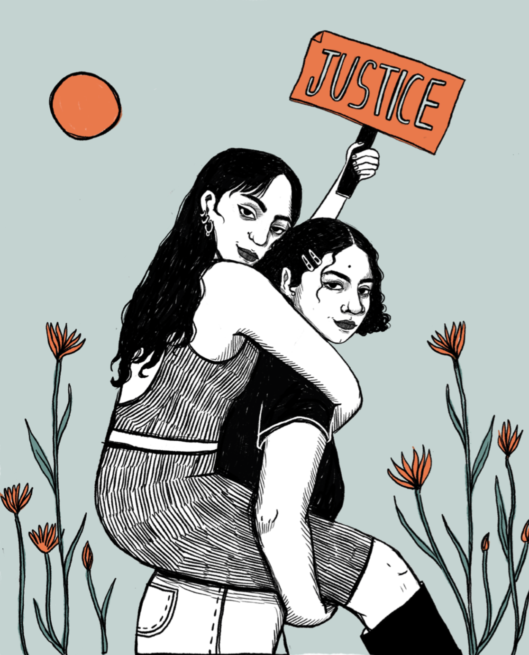
Join our mailing list
Sign up for shado's picks of the week! Dropping in your inbox every Friday, we share news from inside shado + out, plus job listings, event recommendations and actions ✊
Sign up for shado's picks of the week! Dropping in your inbox every Friday, we share news from inside shado + out, plus job listings, event recommendations and actions ✊
